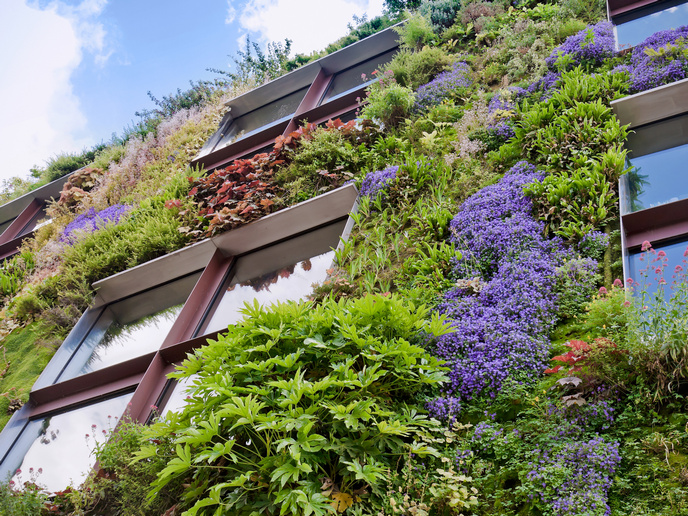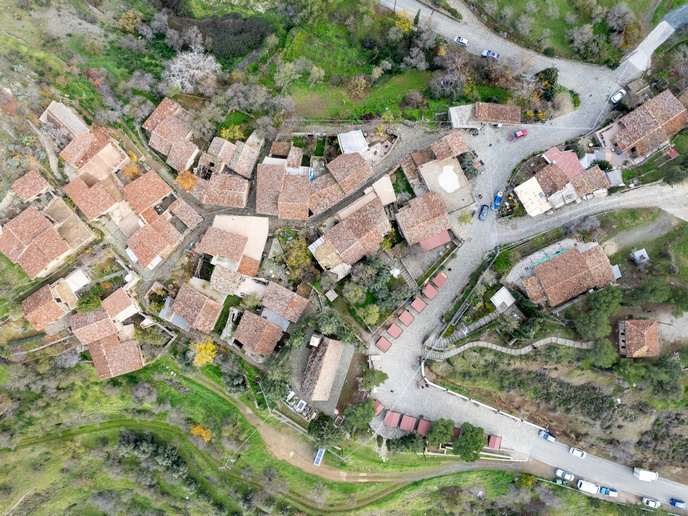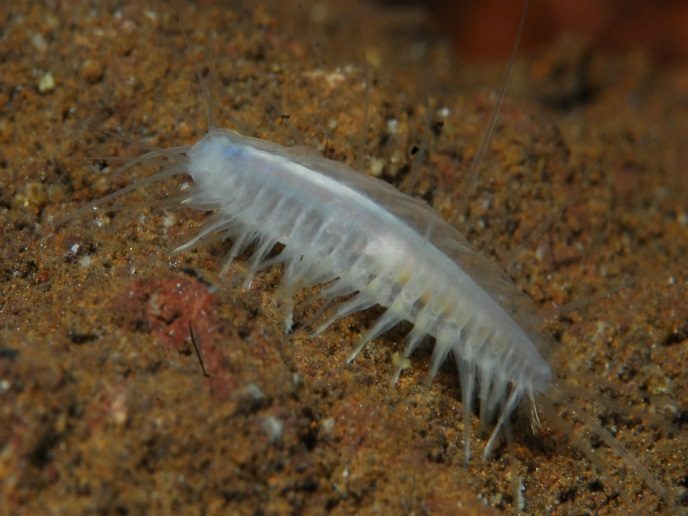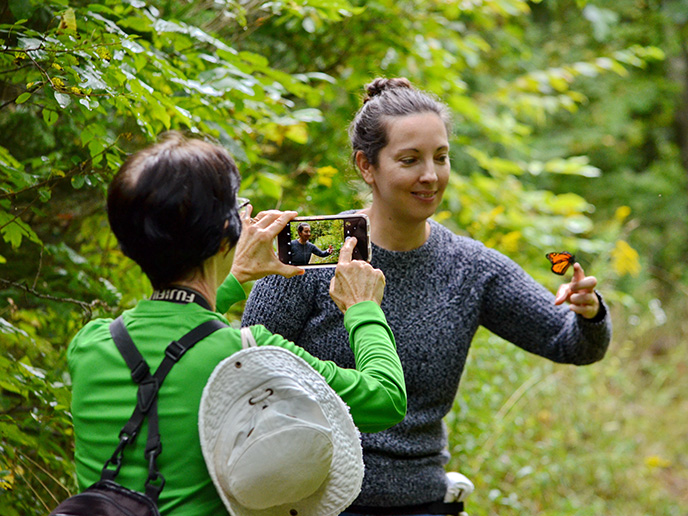Transforming buildings into ecosystems
Green spaces in cities provide crucial benefits to humans, including improved air quality and biodiversity, but intense urbanisation has been undermining cities’ liveability. What if buildings not only sheltered humans but also actively supported plants, animals and microbes by design? The EU-funded ECOLOPES(opens in new window) project has reimagined city development to increase biodiversity. By transforming building exteriors into ecological envelopes, or ‘ecolopes’, the study proposes a new approach to architecture, called multispecies design(opens in new window). An ecolope is defined as a modified building exterior – broadly understood to include façades and adjacent outdoor spaces – intended to enable human-nature interactions. This concept goes beyond green infrastructures that prioritise plants alone: ecolopes are designed as ecosystems where birds can nest, insects can pollinate and microbes can enrich soil. “A simple building envelope shields humans from the outside, whereas an ecolope allows them to be in contact with nature while still having privacy and thermal comfort. Plants can be large or small, and a variety of animals may partly live in the ecolope, depending on the design,” explains Wolfgang Weisser, ECOLOPES project coordinator.
Integrating ecological knowledge into design
ECOLOPES is built around a methodology that integrates ecological thinking from the start of the design process. Key to this is its Information Model Ontology, developed to link the architectural elements to ecological knowledge. “For example, it should have information on how a specific bird species reacts to a certain façade element. This relationship can then be reversed, so the tool will eventually tell an architect how to design the façade if they want to attract a particular bird to the ecolope,” says Weisser. Over time, the tool will be enriched with more information to address a comprehensive range of design questions. To further support this process, the team developed a computational modelling and simulation environment that predicts ecological outcomes based on design choices. Architects and urban planners will be able to simulate plant growth, animal habitation or microbial dynamics and adjust their plans accordingly. Ecolopes can be implemented in both new constructions and renovation projects. There is an increasing number of buildings being renewed for climate adaptation, which can be an opportunity to bring more nature into the city.
Prototyping the future of urban biodiversity
ECOLOPES advocates for nature-inclusive urban development, not only improving access to the benefits of biodiversity, but also creating spaces where humans and the rest of nature can live better together. In partnership with the NEBourhoods project, a multispecies façade has been constructed in the borough of Neuperlach, in Munich. Using technologies such as 3D printing, this ceramic structure creates a self-shading effect for thermal comfort and aims to provide safe spaces for hedgehogs, small ground-dwelling animals and birds such as house sparrows and black redstarts that have adapted to living in industrial and urban environments. “Our project also shows the importance of having clear ecological goals, for instance, knowing with what animals the ecolopes will be shared. This is very different from many contemporary approaches in ‘green architecture’, where the ecological objectives are not clear and only the aesthetics of green play a role,” adds Weisser. Looking ahead, the ECOLOPES team is pursuing several directions, including the integration of its digital tools into building information modelling systems and partnerships with developers to include ecolopes in real-world projects.







